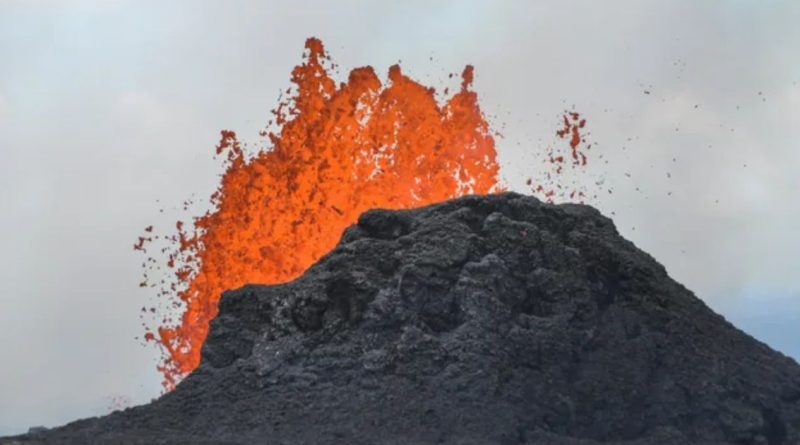Kilauea Volcano Update: Monitoring Seismic Activity Amidst Uncertainty
Amidst Hawaii’s serene landscapes, Kilauea Volcano currently remains calm, despite a flurry of seismic activity registering up to 30 earthquakes per hour in its upper East Rift Zone. This sudden “seismic swarm,” starting on June 27, has caught the attention of scientists from the US Geological Survey’s Hawaiian Volcano Observatory (USGS HVO), who meticulously monitor such occurrences. They note that while heightened seismicity typically foreshadows volcanic eruptions, predicting their exact timing remains a formidable challenge.
Throughout the weekend, the region experienced over 500 earthquakes, yet Kilauea continues to withhold its fiery spectacle. The USGS HVO observed a slight easing in seismic activity on Sunday morning, offering a tentative respite. Nevertheless, experts caution that interpreting these fluctuations as indicators of imminent volcanic activity remains speculative.
Historically, Kilauea’s upper East Rift Zone, encompassing landmarks like Pauahi Crater and Hi’iaka Crater, has been a stage for sporadic eruptions. The most recent notable event occurred in November 1979, lasting a mere day near Pauahi Crater. Despite these precedents, the USGS remains watchful but reassures that current conditions do not forecast an imminent eruption.
While Kilauea’s southwest summit saw its last eruption on June 3, followed by a swift cessation, over five decades had passed since its previous eruption, underscoring the unpredictability of volcanic behavior. Geologists emphasize the dynamic nature of volcanic systems, highlighting Kilauea’s global reputation as a notably active volcano.
For now, the Volcano Alert Level remains advisory, reflecting heightened monitoring, while the aviation alert-level code for Kilauea stands at yellow, indicative of ongoing unrest.

